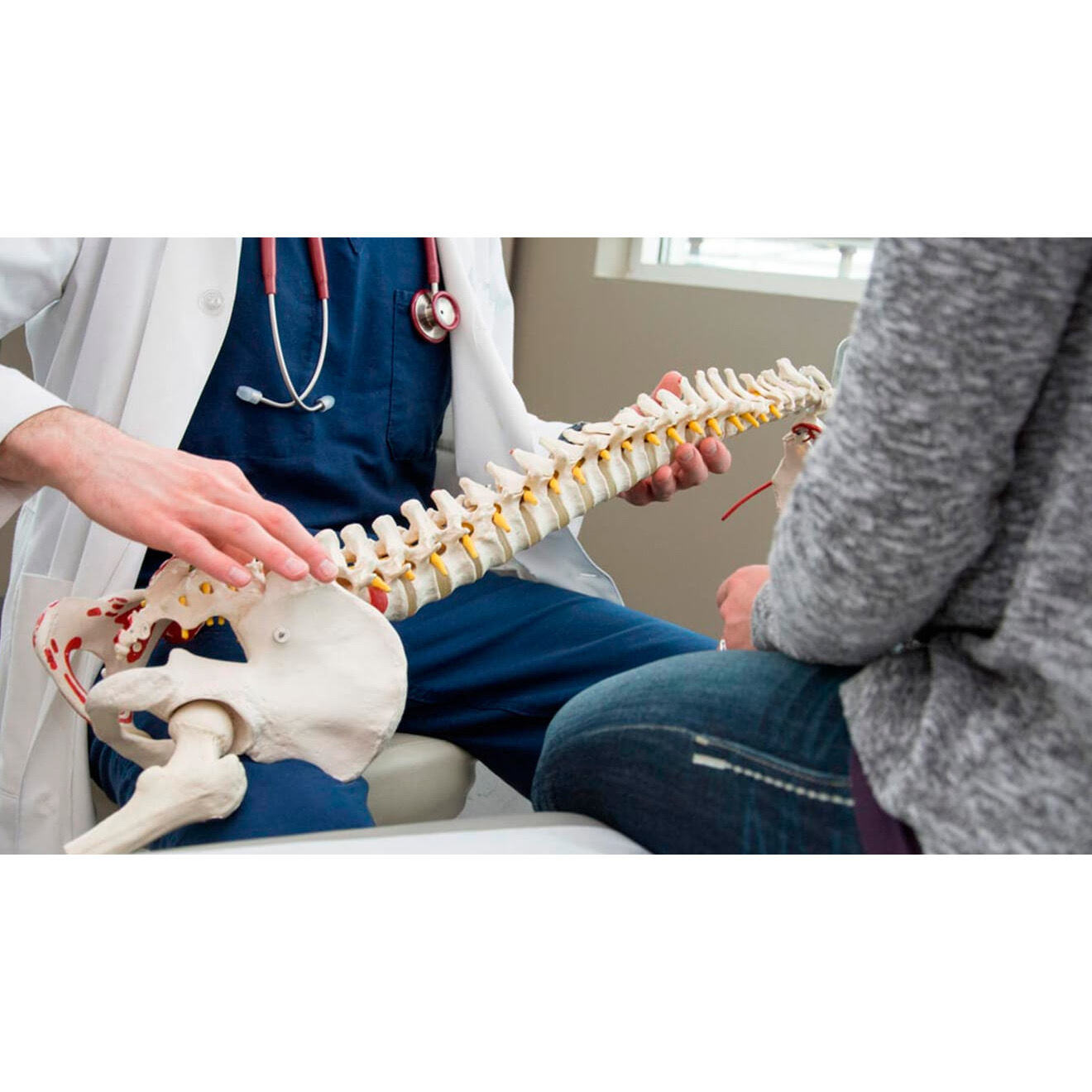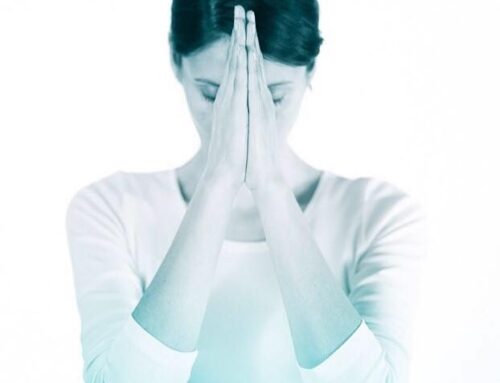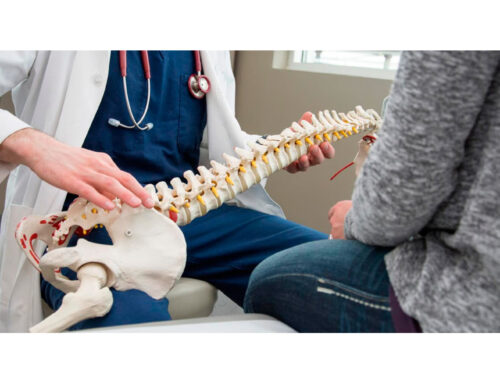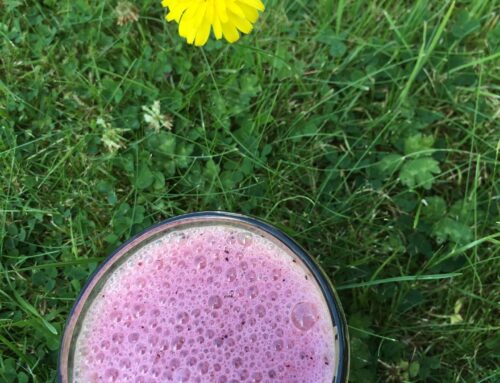In our daily lives, we need movement for almost everything: at work, at home, at school … or simply to carry a child or run in a park. All these daily routines happen subconsciously, without realising when our body creates tension.
Yoga tones our spine, and our spine connects the nerves to different organs and to the brain system. Yoga also increases flexibility by supporting the cells that bind to the muscle fibre, and it improves our daily posture by realigning our backs.
One of the reasons for back pain is a lack of elasticity in that area. With yoga we recover that elasticity. A lack of muscles can cause pain in the back, so specific physical exercises are required to create muscles in that area. This will help us to regain strength, because yoga alone would not be enough to create muscles.
The spinal column runs from the base of the skull to the pelvis and is made up of 33 different bones called vertebrae, which surround and protect the spinal cord. The vertebrae are held together by strong ligaments and have flexible discs, called intervertebral discs, placed between them to act as shock absorbers. The column is divided into six zones:
-The vertebrae
-Cervical region
-The thoracic region
-The lumbar region
-The sacral region
-The coccyx
Source: Stanmore, Tia. Spine Work, p. 18 and 19, (Spain: Editec, 2003).
The skeletal-muscular system is made up of the bones, joints and muscles, together providing support, protection and movement to the human body, with anatomical characteristics adapted to the functions it performs.
Skeletal muscle is the main part that generates human movement, which is why it is of vital importance during exercise, training and sports activities.
How to take care of the spine?
Physical exercise helps
-Distribute nutrients to the spinal discs and soft tissues.
-Reduce inflammation and accelerate the healing process.
-Maintain healthy muscles, ligaments and joints.
Sitting position
-The spine has a series of natural curves, and if the posture when sitting does not support these arches, over time it can damage the spinal nerves.
-Staying seated for long periods of time increases the load on the spinal discs by 40%, which can cause them to generate pain or herniate over time, causing inflammation or compression of the spinal nerve.
-To minimise such damage, it is recommended to adjust the chair and desk for correct alignment of the spine.
-It is advisable to alternate between working at a standing desk and sitting down when necessary. It is also important to take a break to stretch and walk every hour.
Walks
Going for a walk is useful for:
-Strengthening the core muscles that keep the body upright.
-Nourishing the soft tissues of the spine with the necessary nutrients.
-Increasing the flexibility of the spine.
-Improving balance.
-Strengthening the bone structure.
Heat therapy
-Applying heat to the muscles around the spine increases blood flow, which in turn brings healing nutrients to the muscles.
-Thermal patches that adhere to the back and provide a low level of heat for several hours can be tried. Some may contain a non-steroidal anti-inflammatory drug (NSAID) called diclofenac that helps reduce inflammation.
Pillow position
-If you sleep on your side, make sure that the neck and head are well placed on the pillow. A pillow can also be placed between the knees to relieve pressure on the lower spine.
-If you sleep on your back, you should use a pillow of medium thickness so that the neck is not too high. In addition, a pillow should be placed under the knees to help maintain the normal curve of the lower back.
A healthy diet
-It is preferable to eat vegetables, fruits, organic meats, whole grains, nuts and legumes, which are rich in antioxidants and anti-inflammatory agents.
-Foods high in calcium and other nutrients and vitamins, such as oatmeal, can help prevent spinal problems such as osteoporosis and osteoarthritis.
Pool
-Floating in the water helps support the spine and relaxes it.
-The warm water soothes the joints.
Massages
-Improve blood circulation.
-Increase the levels of endorphins: the body’s natural chemicals that stimulate your emotions of well-being.
Source: Veritas health LLC, Spine health, 1999-2021
(https://www.spine-health.com/blog/11-ways-indulge-your-spine).
Source: Image by Alineación del atlas, October 26th, 2018
(https://www.atlasvital.es/alineacion-del-atlas-que-debes-saber/).



